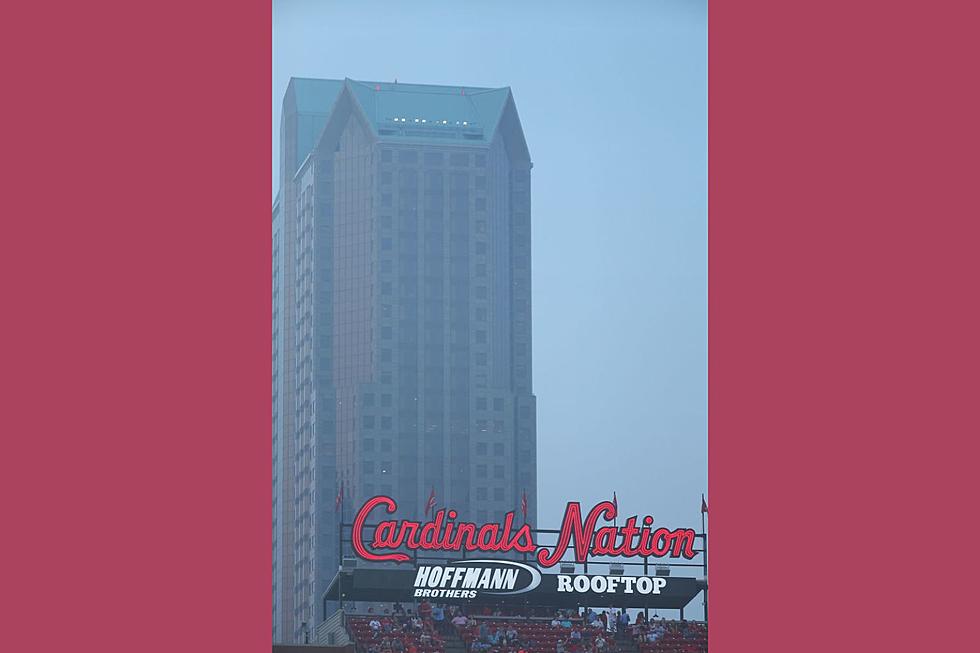
Hazy Ride Home? Wildfire Smoke Is Back In West Central Missouri
If you noticed a haze in the distance as you headed west from Sedalia this afternoon you weren't imagining it. The wildfire smoke is back. Yet, where is it coming from, and just how bad is the air around here?
The stories about poor air quality, and the haze hanging over Kansas City along with a slight electrical fire type of smell, started this afternoon. The article that captured my attention was from Fox 4 which tried to answer the question of why the Kansas City, Kansas area smelled like almonds and cherries.
The culprit is Canadian wildfires. Apparently, the smell is partially oxidized volatile organic compounds being carried into the area in the wildfire smoke. We may have been spared some of the haze and smoke last night because of the storms that came through, however, that's apparently changed.
At this point, the fire.airnow.gov website doesn't show wildfire smoke in West Central Missouri, however, it is impacting our area's air quality, which as of Wednesday night is largely showing as unhealthy for sensitive groups.
The smoke that's impacting West Central Missouri's air quality, and making it seem a little bit hazy the more west you head, is from Canadian wildfires in the Saskatchewan Province. The smoke map shows the smoke impacting the Canadian city of Regina, and impacting North Dakota, South Dakota, Nebraska, and Kansas.
The Fox 4 article suggests air quality could get worse overnight, however, clearer air could see some improvement by midday today.
That's not what the National Oceanic and Atmospheric Association's (NOAA) near-surface smoke forecast says. NASA says near-surface smoke, by the way, is the kind of smoke that will hover about 25 feet above the earth and is the kind of smoke that can aggravate asthma or cause your eyes to burn.
NOAA's near-surface smoke forecast shows that we'll be dealing with the haze in the air until at least Friday morning before the air will clear.






